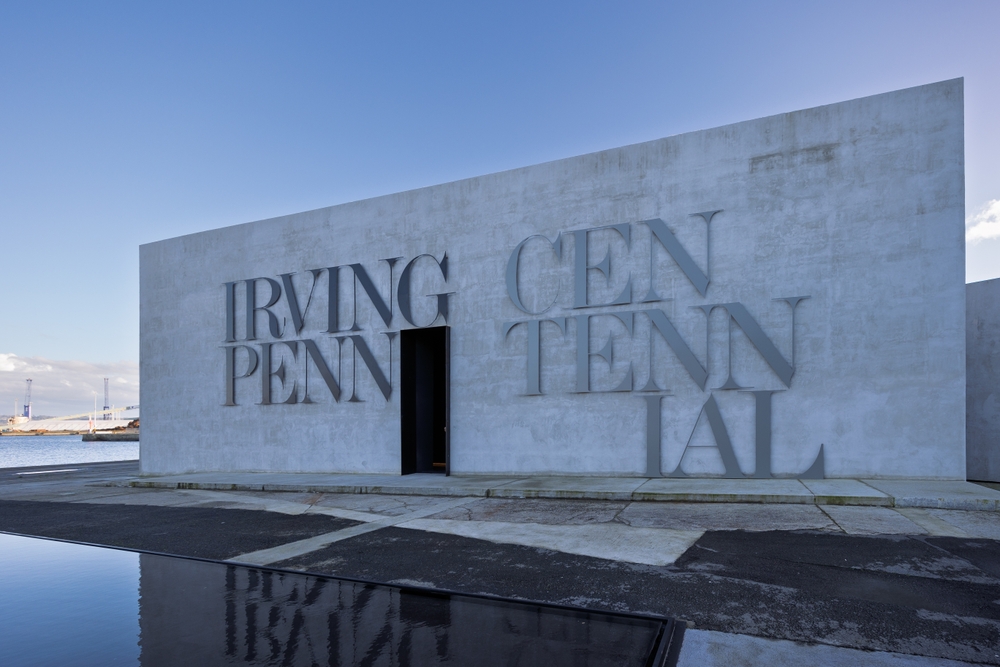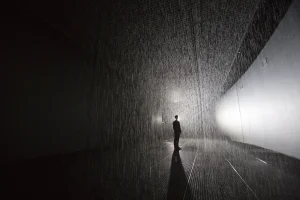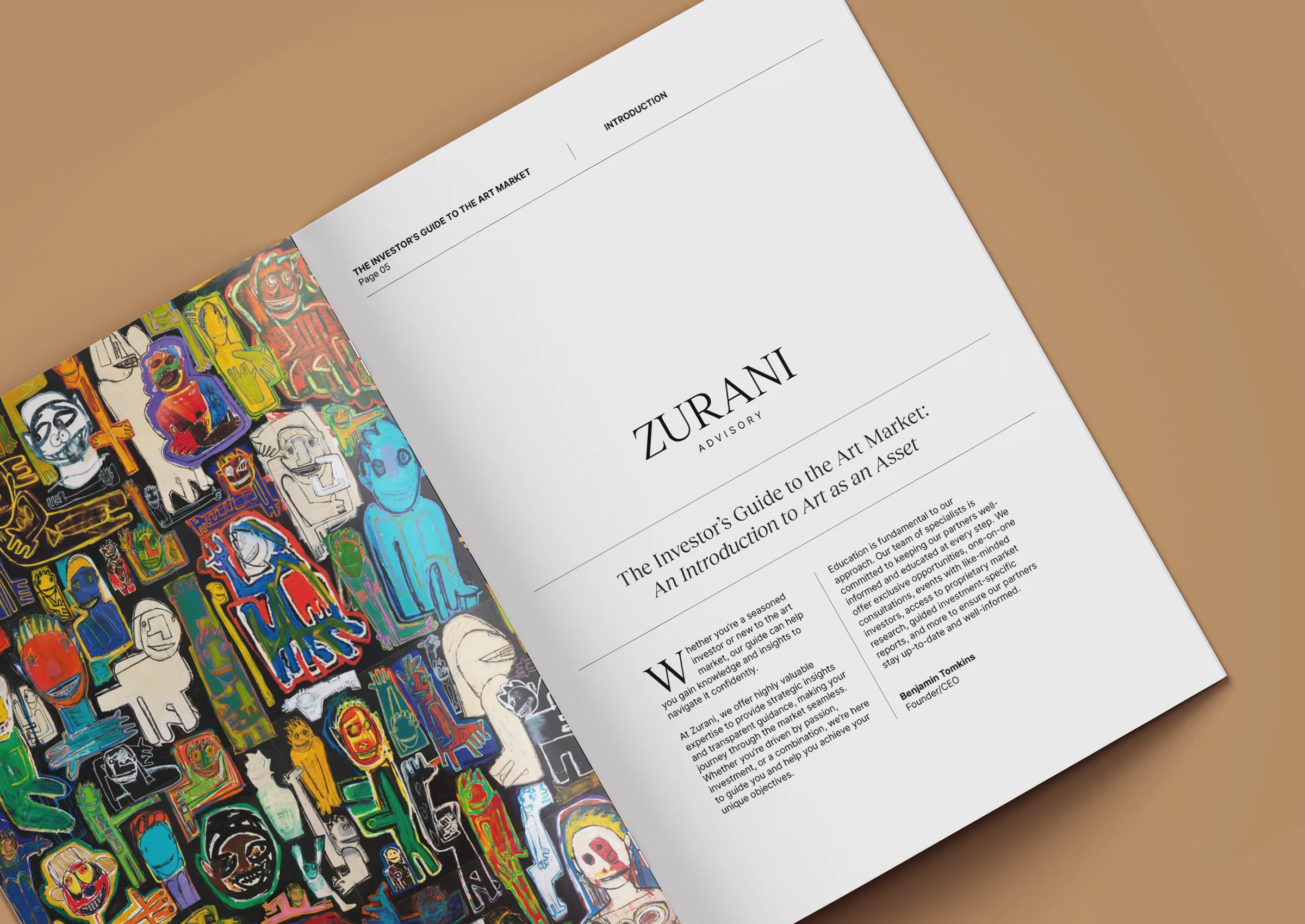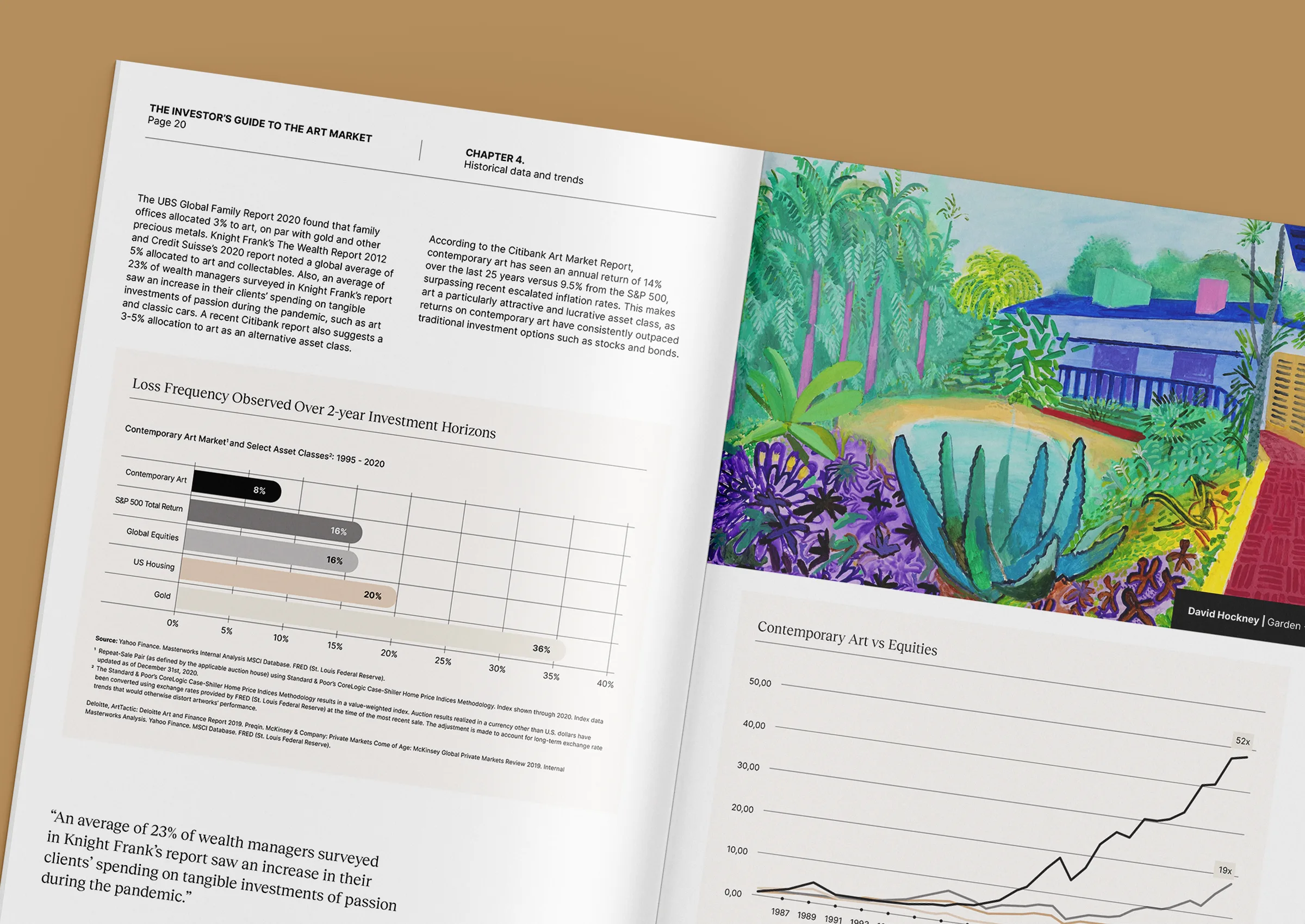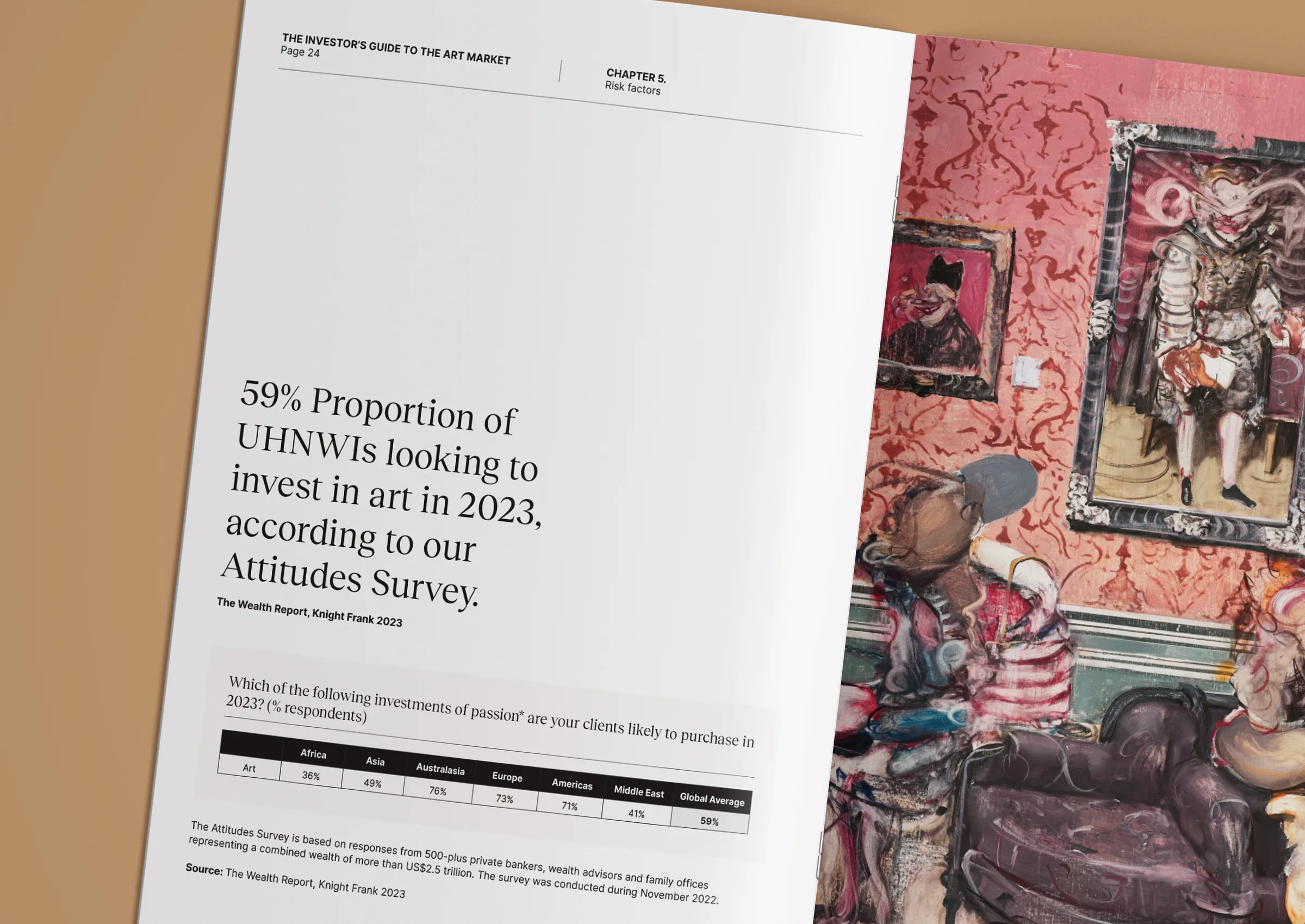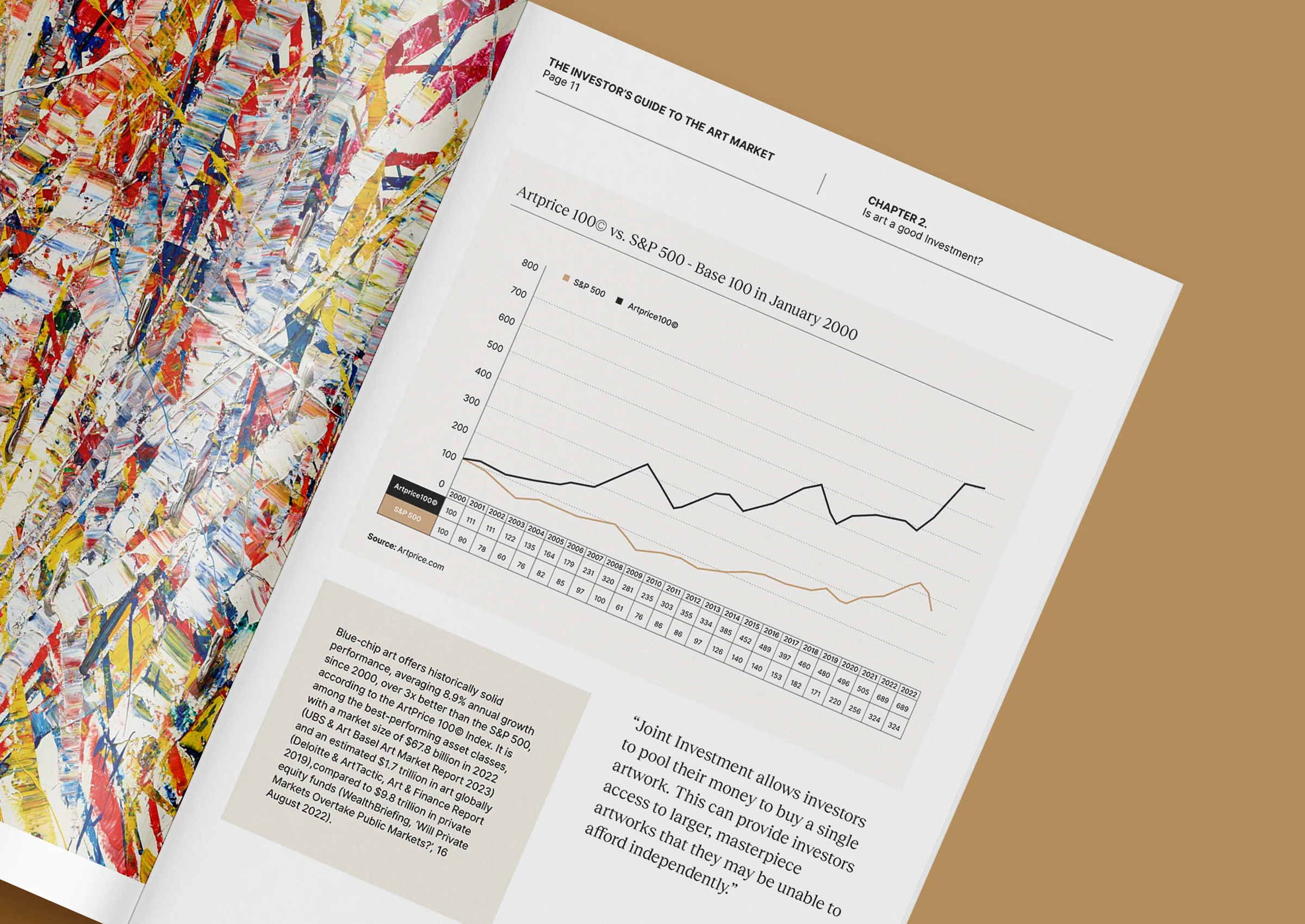How retrospectives shape artist value and legacy
A major retrospective is often seen as the pinnacle of an artist’s institutional recognition. Held in world-renowned museums and cultural institutions, these exhibitions reflect decades of work, influence, and evolution. But for collectors, retrospectives are more than cultural events. They are inflexion points.
Whether it’s a long-celebrated artist like Gerhard Richter or a once-overlooked figure now reappraised, retrospectives can dramatically reshape both public perception and market momentum. They are moments of clarity, where curators, critics, and collectors converge to ask: how will this artist be remembered? And more quietly: what does that mean for long-term value?
At Zurani, we help collectors think beyond the fair booth. Here’s why retrospectives matter, and how they can offer strategic insight into building lasting collections.
Why retrospectives carry institutional weight
Retrospectives are more than just a career milestone. They are acts of historical framing. Curators take on the role of cultural narrators, selecting which works, periods, and themes deserve the spotlight. This curatorial framing signals to the market: this artist matters, and this is how they matter.
It’s this critical endorsement that has ripple effects far beyond the gallery walls. For artists already collected by major institutions, retrospectives reinforce their position. For those on the margins or under-recognised in their time, these exhibitions can rewrite the narrative. Sometimes, they lead to a complete re-evaluation of market worth.
Importantly, retrospectives also tend to coincide with academic scholarship, catalogue raisonnés, and new publications. These assets increase transparency and confidence for collectors. They also serve as cultural anchors for an artist’s legacy.
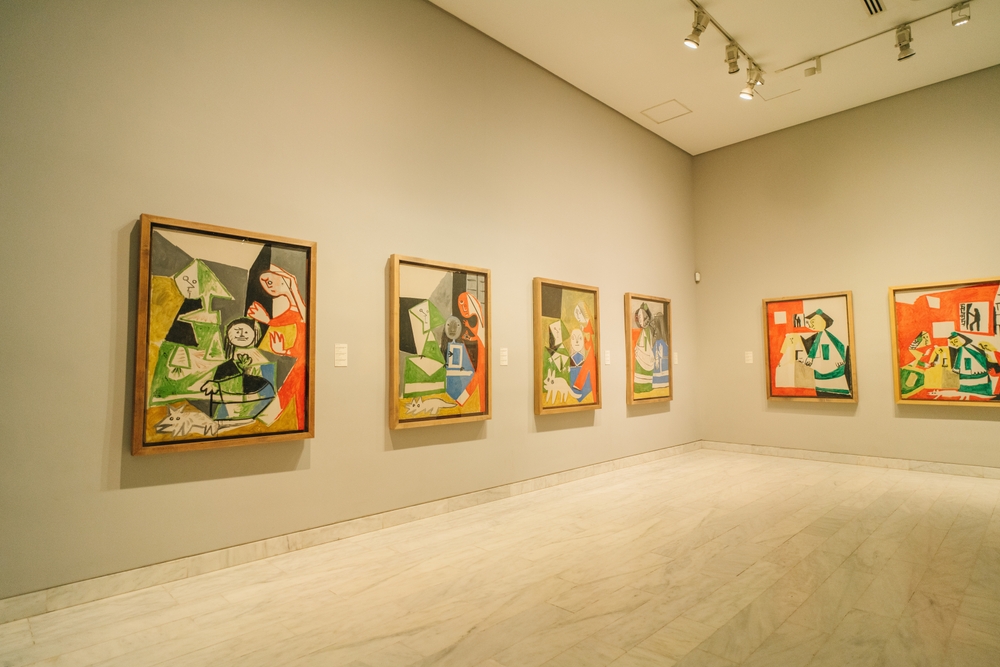
How collector interest evolves during a retrospective cycle
Retrospectives often catalyse a clear pattern in collector behaviour. In the lead-up, early interest comes from those already attuned to institutional movements. These are frequently advisers, museums, or long-term collectors. As the exhibition opens, it attracts broader attention.
The most immediate result is visibility. Works that have remained largely unseen, particularly early periods or less commercial series, are suddenly back in focus. Collectors often take a second look at these undervalued segments, while museums seek to acquire pieces that align with their curatorial narrative.
In the secondary market, this renewed visibility can trigger increased demand. Auction houses may align their calendars to coincide with exhibition windows, and galleries often present parallel shows to capitalise on institutional momentum. At the same time, not all retrospectives generate price surges; the ones that do usually follow this trajectory: heightened visibility, increased demand, and gradual long-term appreciation.
What this means for value and legacy
Retrospectives rarely exist in isolation. They are part of a longer institutional arc that includes inclusion in biennials, acquisitions by museums, and growing curatorial interest. When seen together, these factors influence the long-term value of an artist’s work. This applies not just in financial terms, but in cultural capital.
Collectors looking to acquire or hold works by artists with upcoming retrospectives should consider:
- How the retrospective reframes the artist’s career or themes
- Which works or periods are being given prominence, and why
- Whether institutional backing extends beyond a single show, such as touring exhibitions or accompanying publications
While commercial value is not always immediate, the reputational impact can be lasting. For long-term collectors, this is often the moment to make a significant investment. It can be a time to acquire works that reflect newly articulated narratives, or to support emerging scholarship through strategic loans.
Strategic collecting around retrospectives
If you’re already holding works by an artist undergoing a major retrospective, this may be a moment of validation. It’s also an opportunity to make informed decisions: to loan, sell, or hold with greater clarity about the artist’s evolving position.
For those considering acquisitions, retrospectives can serve as trusted filters. Curatorial selection often prioritises depth over marketability. That makes these shows a valuable guide for identifying works with staying power, particularly for collectors building a collection with both cultural significance and investment potential.
At Zurani, we work closely with collectors to track institutional movements and align acquisitions with both aesthetic intent and market insight. Retrospectives are just one part of that journey. But they remain one of the clearest signals of what the art world values now, and what it is likely to preserve for generations to come.
Looking to collect with curatorial insight and strategic timing? Speak to our team at +971 58 593 5523, email us at contact@zurani.com, or visit our website at www.zurani.com.
